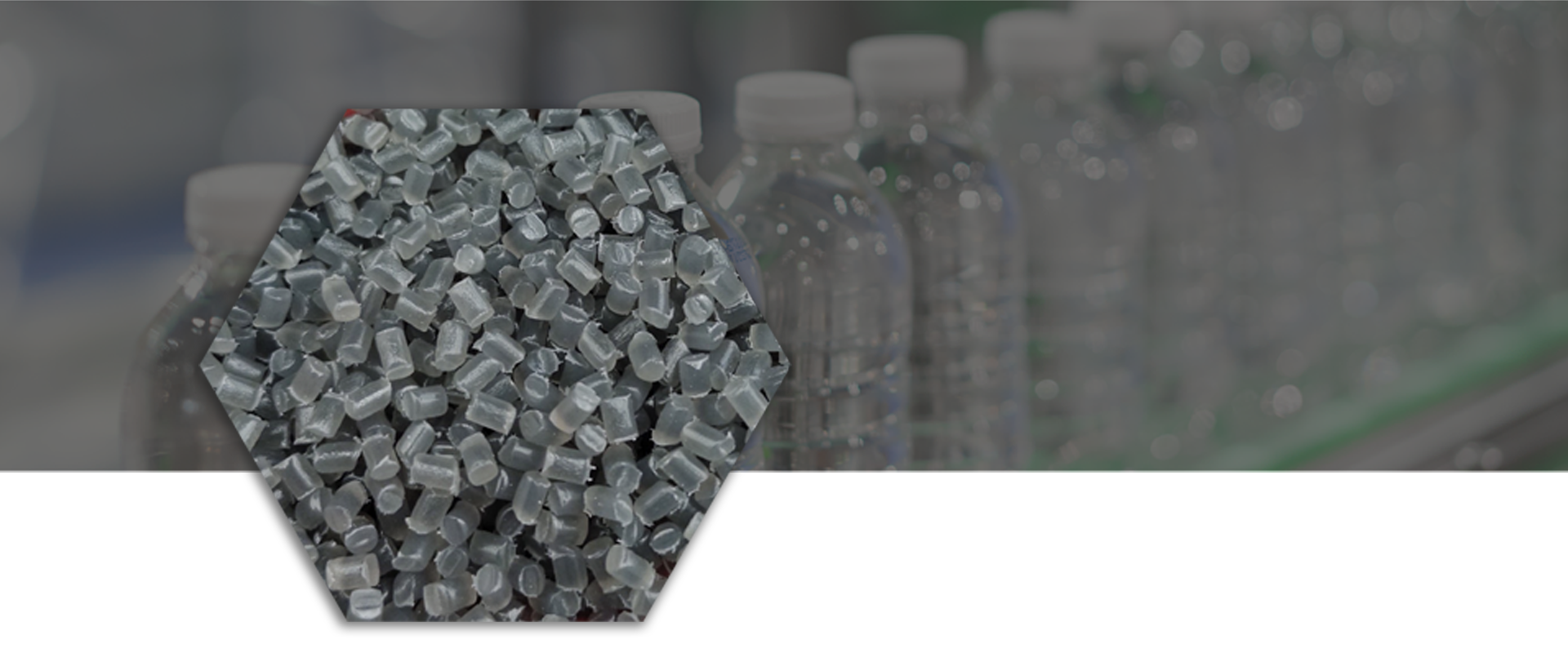THE WORLD OF GRAPHENE
Discover the potential of masterbatches in our video section
BLOG
Conductivity and Control: Graphene in the Evolution of Antistatic Materials
Graphene and Bioplastics: Innovation for Enhanced Sustainability
Biocompatibility and Biodegradability of Graphene: Advances and Scientific Evidence
RESEARCH
We share with you some of the multiple investigations that are being carried out worldwide on the benefits of graphene masterbatches.
On the graphene nanoplatelets reinforcement of extruded high density polyethylene DOWNLOAD



